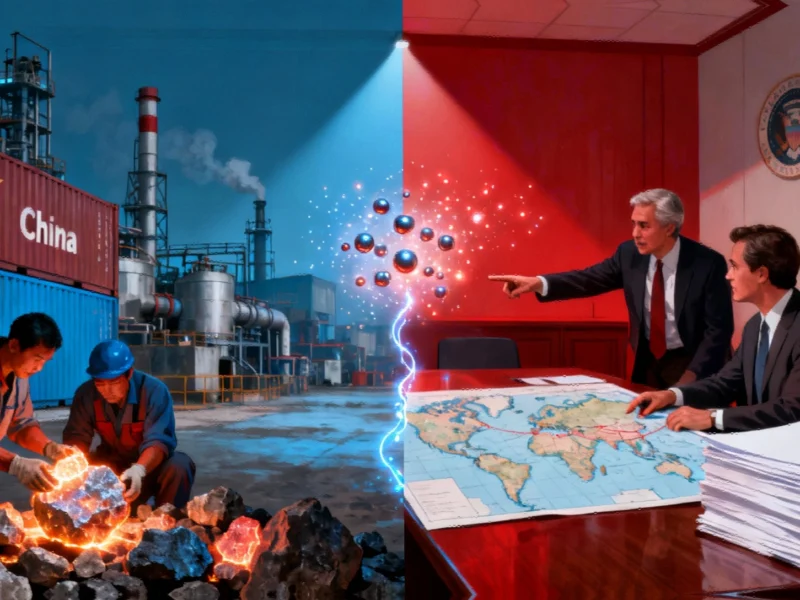Forging a New Critical Minerals Alliance
The United States and Australia have solidified a landmark agreement to strengthen their collaboration on rare earth elements and critical minerals, marking a significant step toward diversifying global supply chains currently dominated by China. The partnership, announced during high-level bilateral talks, represents one of the most substantial Western initiatives to counter China’s strategic control over these essential materials.
Australian Prime Minister Anthony Albanese emphasized that the agreement would activate approximately $8.5 billion in “ready-to-go” projects designed to expand Australia’s mining and processing capabilities. “This partnership takes our cooperation to the next level,” Albanese stated, noting that the collaboration builds on work initiated during the previous administration but represents a substantial escalation in commitment and scope.
Strategic Investment and Implementation Timeline
The framework includes an immediate commitment of $1 billion to be jointly invested in projects across both nations within the next six months. This accelerated timeline reflects the urgency both countries attach to securing reliable access to minerals crucial for defense systems, renewable energy technologies, and advanced electronics.
Industry analysts note that this partnership arrives amid growing concerns about supply chain vulnerabilities, particularly as global technology markets face increasing volatility. The strategic alignment between Washington and Canberra represents a calculated response to what many security experts describe as one of the most significant geopolitical challenges of the decade.
Broader Industry Implications
The minerals partnership emerges alongside other significant industry developments that are reshaping global technology and manufacturing landscapes. As nations increasingly recognize the strategic importance of supply chain security, we’re witnessing parallel innovations across multiple sectors.
In the computing sector, recent related innovations in semiconductor technology demonstrate how technological advancement continues to accelerate. Meanwhile, the ongoing evolution of operating systems presents both opportunities and challenges for industrial users navigating complex technological ecosystems.
The critical minerals agreement also coincides with important market trends in technology security, where companies are increasingly addressing vulnerabilities in foundational software platforms. This comprehensive approach to technological sovereignty—from raw materials to finished products—represents a strategic shift in how nations approach economic security.
Technology Sector Parallels
Just as the minerals partnership aims to secure physical supply chains, the technology sector faces its own challenges in maintaining stable platforms and services. Recent disruptions in streaming services highlight how dependent modern economies have become on reliable digital infrastructure.
Similarly, breakthroughs in medical technology demonstrate how strategic investments can yield transformative results. The growing intersection between technological innovation and strategic materials underscores why partnerships like the US-Australia agreement represent such a significant development.
As this strategic minerals partnership unfolds, its success will depend not only on government coordination but also on how effectively it integrates with broader recent technology initiatives across multiple sectors. The coming months will reveal whether this ambitious collaboration can meaningfully alter the global balance in critical minerals production and processing.
This article aggregates information from publicly available sources. All trademarks and copyrights belong to their respective owners.
Note: Featured image is for illustrative purposes only and does not represent any specific product, service, or entity mentioned in this article.



